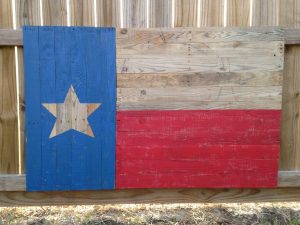Let’s explore some of the best evergreen options for Zone 5 gardening, focusing on their unique features, care requirements, and the roles they can play in your landscape design.
Rhododendrons
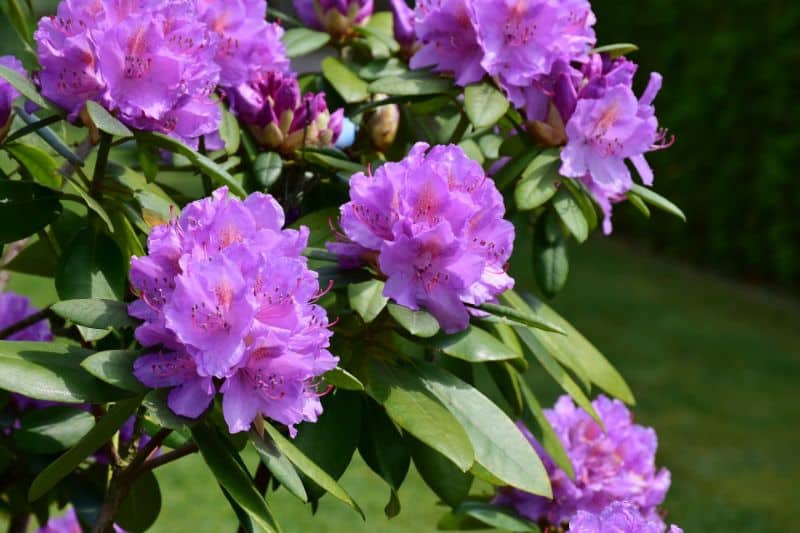
Rhododendrons, while commonly known for their stunning floral displays in spring, also boast evergreen foliage that can provide a lush backdrop to your garden throughout the year. These magnificent plants come in many varieties and sizes, making them versatile addition for borders, hedges, or standalone specimens.
In Zone 5, particularly hardy varieties such as ‘PJM’ and ‘Catawbiense Grandiflorum’ thrive with adequate moisture and well-draining, acidic soil. These rhododendrons are incredibly adaptable; they perform well in both full sun and partial shade, but be wary of scorching heat in the summer months. They do appreciate a layer of mulch to retain moisture and protect their roots from frost.
When planting rhododendrons, think about drainage and spacing. These plants can grow significantly over time, so give them room to spread. Their evergreen leaves can vary from dark green to soft gray, and with their vibrant spring blooms, they become focal points that enhance the seasonal beauty of your garden. Moreover, they attract pollinators, creating a thriving ecosystem in your backyard.
Boxwoods
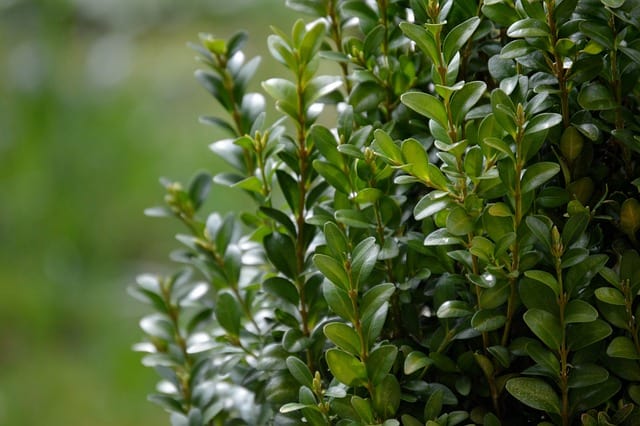
Boxwoods (Buxus spp.) are classics in the evergreen family, particularly favored for their compact growth and versatility in shaping. They are a gardener’s best friend for maintaining a neat appearance in hedges or topiary forms. Zone 5 gardeners will find varieties like ‘Green Velvet’ and ‘Winter Gem’ to be especially resilient against cold temperatures.
Boxwoods thrive in well-drained soil and prefer partial shade to full sun. They are also known for their ability to tolerate urban pollution, making them an excellent choice for city gardens. Regular pruning helps maintain their shape and encourages bushier growth, so don’t hesitate to give them a haircut as they grow.
Incorporating boxwoods into your landscape can be as simple as using them as borders along pathways or as standalone specimens to break up larger plant groups. Their dark green foliage provides a rich contrast to flowering plants, especially in spring and summer, when their companions shine. Moreover, boxwoods work well in both formal and informal gardens, providing a sense of structure when paired with more chaotic plantings.
Yews
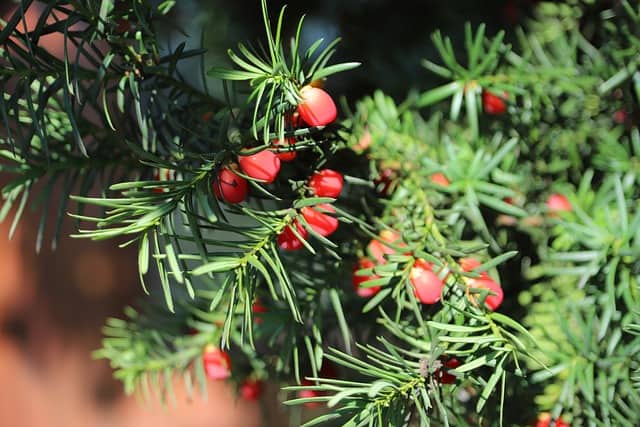
Yews (Taxus spp.) are evergreen conifers that are particularly adaptable and easy to grow, making them ideal for Zone 5 gardens. Known for their dark green foliage and unique needle-like leaves, yews provide excellent structure and versatility in landscaping. Varieties like ‘Eastern Yew’ and ‘Densiformis’ can thrive under a range of conditions, from full sun to deep shade.
One of the primary advantages of yews is their tolerance to pruning, which means you can shape them as you desire. Whether you want a formal hedge or a more naturalistic look, yews can accommodate your vision. They also do well in various soil types, as long as the soil is well-draining.
Furthermore, yews produce small red berries which add winter interest and can attract birds to your garden. However, it’s important to note that yew foliage and seeds are toxic when ingested, so if you have pets or small children, plant your yews with caution and awareness of their surroundings.
Junipers
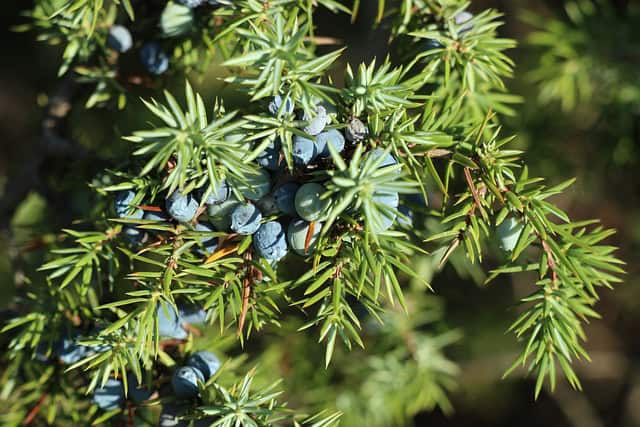
Junipers (Juniperus spp.) are a diverse group of evergreens that provide a range of textures and colors for your landscape. They can be found in many forms—from tall columnar trees to low-growing ground covers—which makes them versatile for various garden designs in Zone 5. Varieties such as ‘Blue Star’ and ‘Shore Juniper’ are particularly well-suited for colder climates.
These hardy plants are drought-tolerant once established, making them appealing for low-maintenance gardens. Junipers thrive best in well-drained soil and require full sun to maximize their growth. Their aromatic foliage can range from deep green to vibrant blue or yellow hues, providing a beautiful palette for your winter landscape.
Utilizing junipers in your garden can create natural habitats for wildlife, as their dense foliage provides shelter for birds. They are also excellent for erosion control on slopes, thanks to their extensive root systems. Whether used as a ground cover, hedge, or edging plant, junipers can add texture and movement to your garden throughout the year.
American Holly
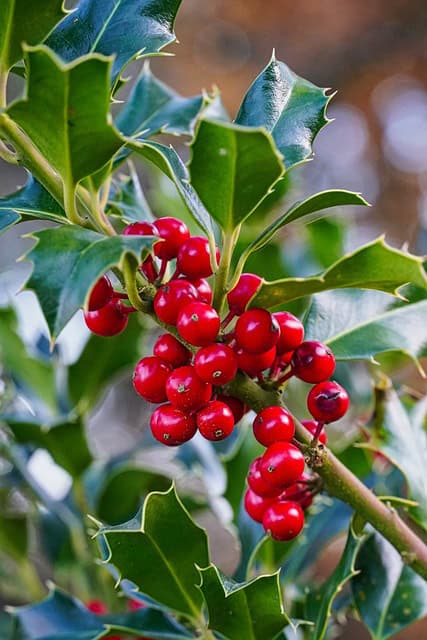
American Holly (Ilex opaca) is a quintessential evergreen that brings year-round interest with its glossy, spiny leaves and bright red berries. This tree is a formidable presence in Zone 5, offering a substantial height and excellent privacy when used as a hedge.
American Holly enjoys acidic, well-draining soil and thrives in dappled sunlight to full shade. While it is relatively tolerant of varying conditions, it does flourish when its roots are shielded by mulch during the colder months. Plan your planting with care, as these trees can grow quite large—typically reaching heights of 15 to 30 feet.
In addition to providing privacy and shelter, holly trees are invaluable for wildlife. Their berries attract a variety of birds during the winter months, especially when food sources become scarce. The classic combination of bright red berries and evergreen leaves also adds a festive flair to your garden during the holiday season, making American Holly a perennial favorite.
Fetterbush

Fetterbush (Lyonia lucida) is a lesser-known but delightful evergreen that thrives in the acidic, moist soils often found in woodland areas. In Zone 5, equal parts beauty and resilience, fetterbush offers a wonderfully unique flowering experience. Its intriguing bell-shaped flowers bloom in late spring and early summer, often attracting bees and other pollinators.
This plant prefers partial shade, tolerating more sun with ample moisture but generally flourishing in woodland understudies. Fetterbush can reach up to 5 feet in height and offers an attractive, textured foliage that remains lush throughout the seasons. It also provides excellent coverage in shaded areas, making it a great choice for naturalistic gardens.
When planning to include fetterbush in your landscape, consider its relatively low maintenance nature. It requires minimal pruning, making it a user-friendly choice for those who might shy away from more demanding plants. Pairing fetterbush with shade-loving perennials can provide a beautiful underlayer of diverse color and texture in your garden.
Privet
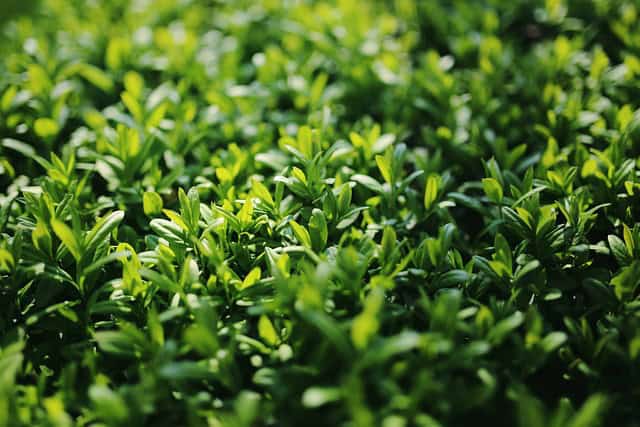
Privet (Ligustrum spp.) is a time-honored choice for hedging and privacy screens, thriving well in Zone 5. Known for its dense foliage and rapid growth rate, it typically reaches heights of 6 to 12 feet and can be shaped easily through pruning. Varieties like ‘Amur Privet’ are particularly suited for this climate.
Privet prefers full sun but can tolerate a range of soil conditions, making it a robust option for many landscape types. Regular pruning encourages bushier growth and helps maintain a tight, dense barrier, creating an effective privacy screen that can also serve as a sound barrier from noise pollution.
In addition to being functional, privets can also support local wildlife. While their flowers are often overlooked, bees and butterflies are attracted to their late spring blooms. The small purple-black berries that develop after flowering are a food source for birds, integrating your garden into the local ecosystem.
Japanese Pieris
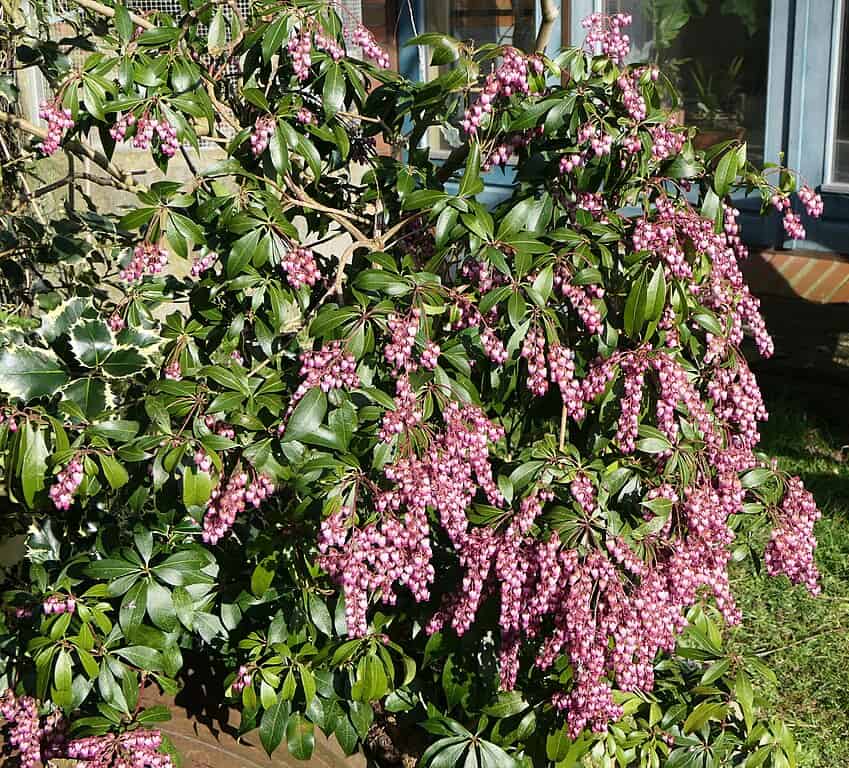
Japanese Pieris (Pieris japonica) is an enchanting evergreen shrub that suits Zone 5 gardens perfectly. This plant is renowned for its stunning cascading clusters of bell-shaped flowers that bloom in early spring, creating a lovely display that sparks joy in a still waking garden. Varieties like ‘Cavatine’ and ‘Mountain Fire’ are particularly popular for their vibrancy and compact growth habit.
Japanese Pieris thrives in acidic, well-drained soil and prefers partial to full shade. It’s important to protect the young shoots from extreme frost, but once established, it displays impressive resilience. Its new growth often emerges as bright red or bronze leaves before maturing into deep green hues, adding a stunning visual appeal throughout the seasons.
Incorporating Japanese Pieris into your landscape adds an artistic flair, and its flowers attract various pollinators. Consider planting it alongside other shade-loving plants to create a colorful garden scene that remains captivating even in the winter months when its structure becomes more apparent.
Tall Oregon Grape
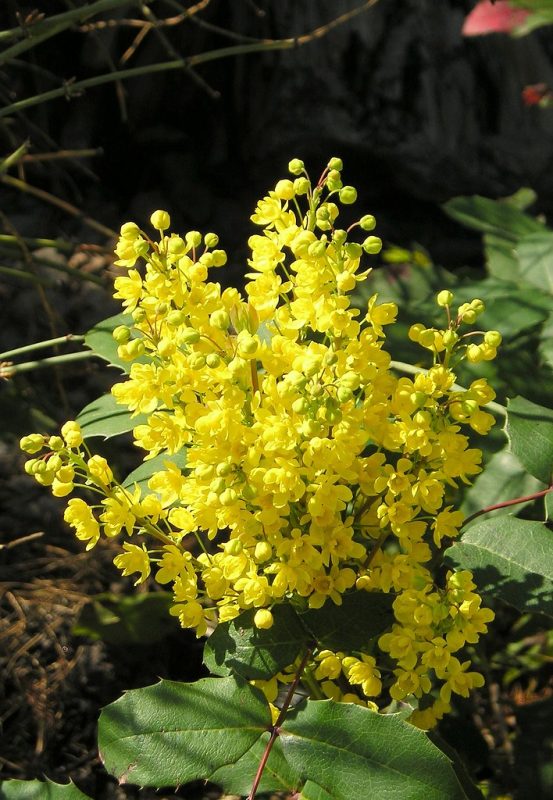
Tall Oregon Grape (Mahonia aquifolium) is a unique evergreen shrub that offers a multitude of benefits for the Zone 5 landscape. This drought-tolerant plant showcases deeply lobed leaves that resemble holly and produce clusters of cheerful yellow flowers in early spring. The blue-black berries that follow in late summer add an additional layer of interest.
This versatile plant thrives in a range of soil conditions but prefers partial shade. It can grow to heights of 3 to 10 feet and works well in naturalized gardens or as property borders due to its dense growth. Tall Oregon Grape is also known for its tolerance of urban environments, making it an excellent choice for city landscapes.
The berries produced by Tall Oregon Grape are not only pretty but also serve as food for birds in your garden. It is also beneficial for shaded areas where grass does not grow well, as it can provide rich foliage that stabilizes the soil. Using this striking plant can enhance your landscape’s texture and color while also benefiting local wildlife.
Wintercreeper
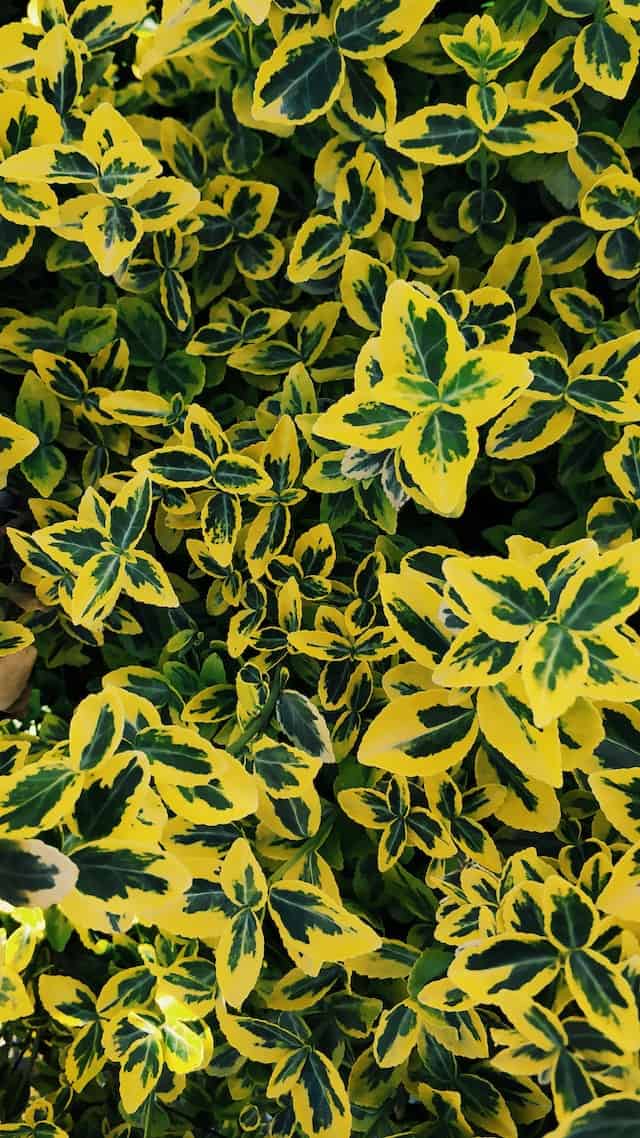
Wintercreeper (Euonymus fortunei) is a superb ground cover that maintains its color and charm even in the coldest months. Known for its versatility, wintercreeper can climb on structures or spread out beautifully across the ground, making it a great choice for both vertical and horizontal landscaping in Zone 5.
This hardy evergreen tolerates various soil types and light conditions. It thrives best in full sun to partial shade, offering vibrant foliage that ranges from dark green to stunning variegated patterns. Its adaptability makes wintercreeper an excellent candidate for garden beds, slopes, or as an effective erosion control measure.
Incorporating wintercreeper into your landscape design can add both color and texture. This plant’s leaves keep their beauty year-round, which helps maintain visual interest throughout the seasons. In addition, wintercreeper is resilient and relatively low maintenance, allowing gardeners to enjoy a lush environment without excessive upkeep.




